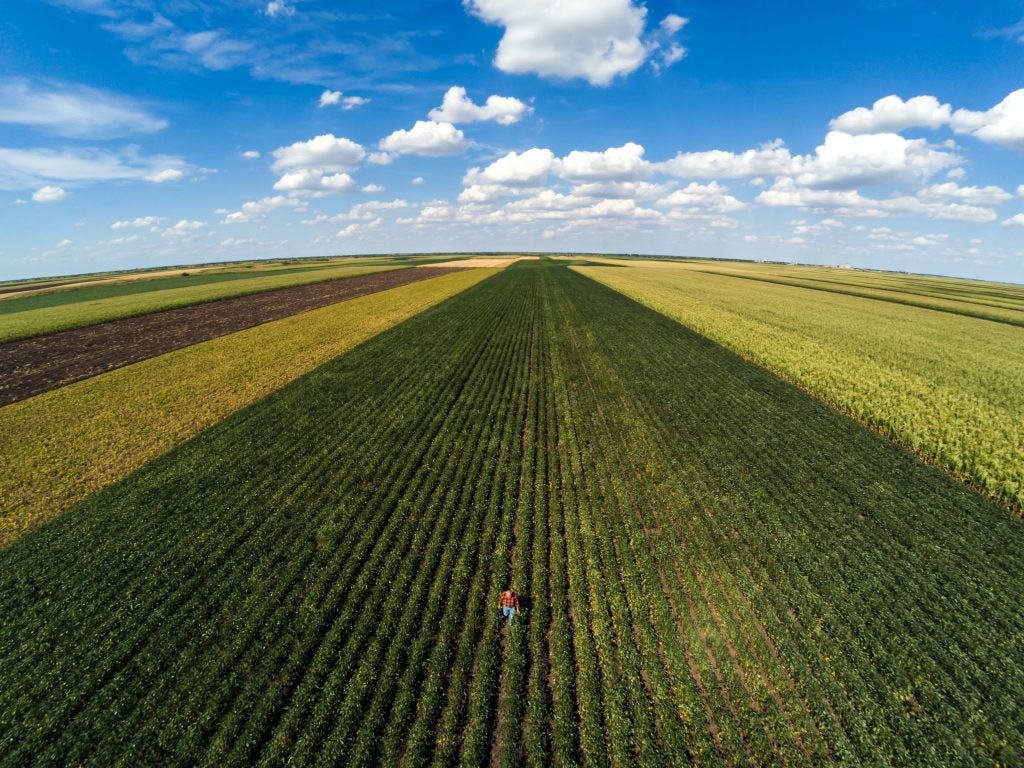Quick action needed to achieve full mitigation potential of soil carbon credits
The potential for agricultural climate solutions has led to surging interest in credits for soil carbon sequestration. The stakes for climate change and farmers are high, and there is a pressing need to evaluate emerging protocols for measuring, reporting and verifying soil carbon sequestration and net greenhouse gas removals.
With that in mind, Environmental Defense Fund and the Woodwell Climate Research Center reviewed 12 published protocols for soil carbon credits from cropland and rangeland, and published the results in a new report — Agricultural Soil Carbon Credits: Making sense of protocols for carbon sequestration and net greenhouse gas removals.
Here are the challenges the report found with current soil carbon credits and recommendations for overcoming them to build confidence in soil carbon markets.
Soil carbon credits aren’t an apples-to-apples comparison
The protocols all take different approaches to measuring, reporting and verifying net climate impacts, which makes it difficult to compare soil carbon credits or guarantee climate benefits have been achieved. The result is confusion and uncertainty in the marketplace.
For buyers and sellers to have confidence that soil carbon credits are truly delivering net positive climate benefits, a ton of carbon sequestered under one protocol should be equal to a ton of carbon sequestered under another protocol.
Clear standards — such as those that the U.S. Department of Agriculture could identify and highlight as part of Growing Climate Solutions Act implementation — will help ensure credits are comparable and have high environmental integrity. That’s good for the climate, investors and farmers seeking to tap into new revenue streams.
Credits need to manage four key issues
High-quality soil carbon credits must also account for four critical issues:
- Additionality: Would the carbon sequestration have occurred anyways under business as usual?
- Reversals: Will the carbon sequestrated be lost due to changing farm practices or climate impacts like floods and droughts?
- Leakage: Does the carbon sequestration project create additional emissions elsewhere?
- Permanence: How durable is the sequestration?
The protocols reviewed account for these issues differently and with various levels of rigor. The result is a risky foundation for a carbon market and a weak basis for assessing net climate impact.
Soil carbon is important to climate mitigation and resilience efforts. Here's how USDA can ensure high-quality soil carbon credits reflect that contribution: Share on XAggregating projects — taking a regionally defined approach that accounts for all cropland — would help manage for additionality, reversals, leakage and permanence.
A clearly defined regional approach, which could be organized using existing USDA reporting districts, would make it easier to account for new areas converted to cropland to accommodate any loss in productivity (leakage) and to assess whether the conservation practices were likely to have been adopted without participation in a carbon market (additionality).
The accounting would be consistent and transparent, enabling the creation of a sufficiently large buffer account of credits that would be set aside and used to cover the reversals that inevitably occur. The buffer account would also help achieve market participation by farms of all sizes and help promote systemic changes in agricultural practices to build more assurance of permanence over time.

Soil carbon is difficult to measure
Soil carbon levels can vary significantly over small distances, and carbon takes a long time to accrue. This makes it difficult to detect soil carbon changes over time without collecting a lot of samples, an approach that is potentially cost prohibitive.
As a result, many protocols use models to estimate soil carbon levels, but these models can’t accurately capture soil carbon changes at the field level under all proposed management interventions for all combinations of soils and climates. Accuracy requires averaging over multiple fields, but not all protocols use this approach.
The best balance between measurement accuracy and practicality can be found by using models paired with periodic soil sampling to validate and improve modeled estimates.
Researchers, agricultural technology companies and protocol developers can collaborate to create high-quality, open-access datasets to improve model calibration and determine baseline carbon storage amounts.
The path forward
Agriculture has the potential to help solve climate change through avoided emissions and carbon sequestration, as well as building resilience to unavoidable climate impacts. Soil carbon sequestration, for example, could remove 4-6% of annual U.S. GHG emissions, while also boosting soil health and water quality.
Until guidelines for soil carbon credits are in place and implemented, companies should double down on efforts to reduce emissions from their own operations and supply chains and to reduce emissions from deforestation, for example via high-quality credits such as those sold by Emergent.
With guidelines in place for high-quality soil credits, companies, governments and farmers can have confidence that credits are driving progress toward achieving agricultural soil’s full climate mitigation potential.










